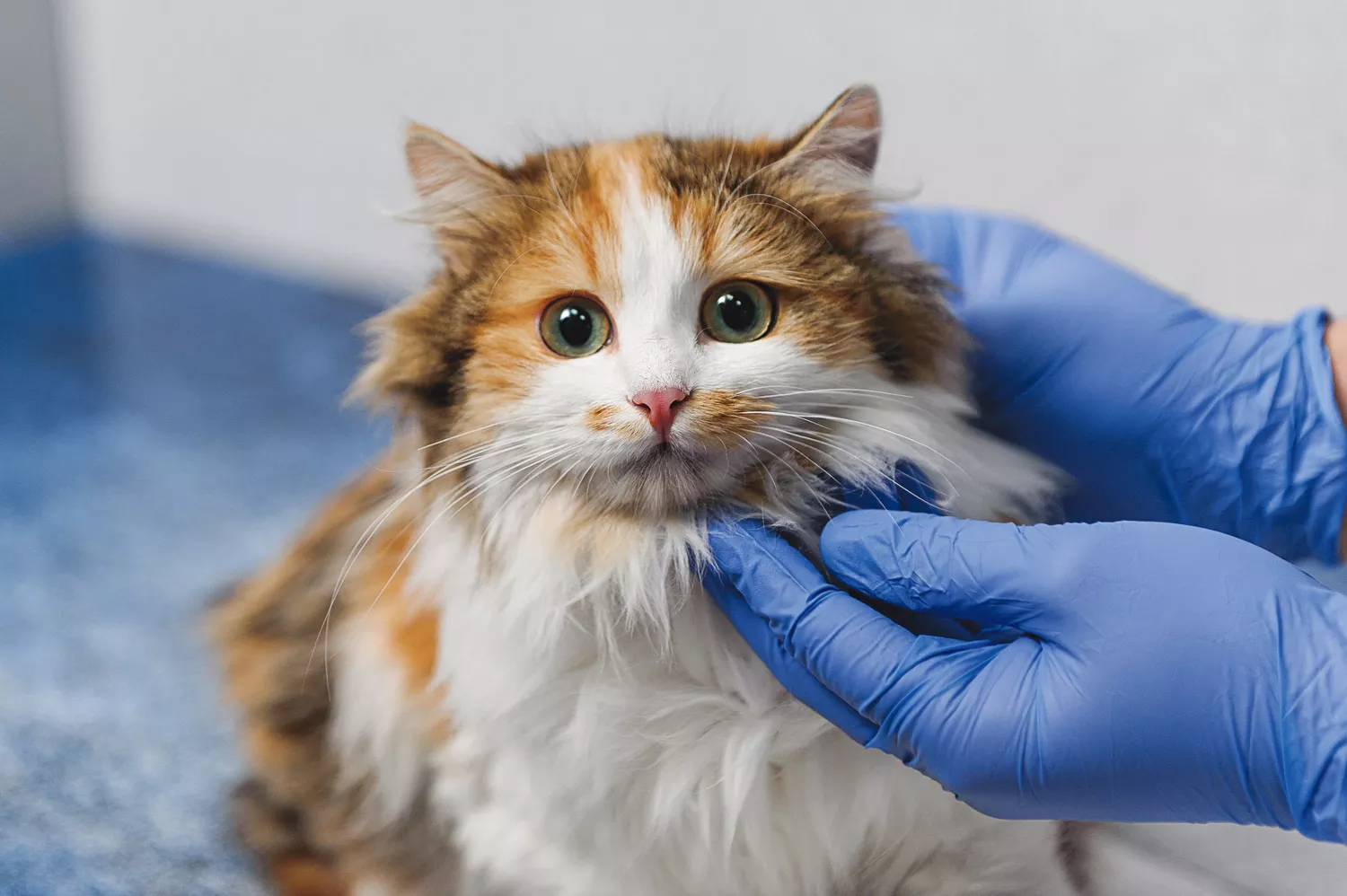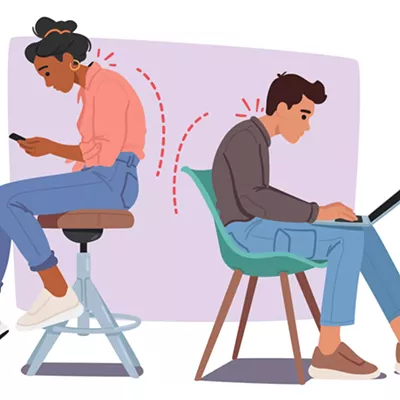It's usually no fun taking a cat to the veterinarian.
Once feline anxiety kicks in, the constant vocalizing, defensive measures and fearful behavior - like scratching, urinating and defecating - can be just about enough to make any owner regret, or even cancel, a veterinary visit.
In addition to the cat's survival instinct to hide symptoms of illness, poor cat-to-veterinarian trips are one of the biggest reasons why, when it comes to the veterinarian, cats just don't get the same attention as their canine counterparts.
In the past year, Washington State University's Veterinary Teaching Hospital - the largest veterinary referral center in the Pacific Northwest - saw 12,471 dogs come through the door compared with 3,067 cats. That's 9,404 more dogs than cats.
While a cat's stress can get the best of it, there are a few easy tricks owners can do to manage stress during veterinary visits, starting with taking the steps to ensure they get safely to and from the clinic.
The first thing any cat owner should do, for the sake of their cat and themselves, is to start addressing stress early by getting cats comfortable in a safe and secure cat carrier. Since cats cannot be called back like dogs, cat carriers are a veterinary visit necessity, as a loose cat can be an extremely traumatic experience for the cat and the owner. Cats wandering freely inside a moving vehicle also pose a safety threat to themselves, riders in the car, and other motorists and pedestrians.
With kittens requiring veterinary visits every three to four weeks until 16 weeks old, the opportunities are plentiful at a very young age to familiarize them with a carrier. It can be trickier with older, rescued pets, but letting cats explore and experience the crate before trips to the veterinarian will help put them at ease. Bringing the crate out regularly, or just leaving it out, will reduce the panic attacks some cats experience when the carrier comes out of storage.
It's key to pad the cat carrier with a familiar and consistent blanket. Many cats also prefer a towel over their carrier, or even over them, to help them feel hidden and safe in a dark space.
Home veterinarian visits are easier on cats, especially those not adapted to a cat carrier, but it's still best to introduce a cat carrier for unexpected situations, trips to the groomer and other car rides.
Medication and cat calming pheromone sprays are also options for cats with uncontrollable stress. While pheromone sprays and some medications can be purchased over the counter, the strongest and most effective drugs must be prescribed by a veterinarian.
With a cat's survival instinct to hide symptoms of illness, it's key they see their veterinarian regularly. It's why an old dog may not want to play fetch or tug-of-war and, at some point, may refuse to learn new tricks, while an old cat may continue to run and play even in their final years.
It's also why it is critical that cat owners take initiative to manage their pet's stress, and that the veterinary visit is not a daunting one that is put off. Preventive care is just as important for a cat as it is for a dog.
Jessica Bell is an assistant professor at WSU College of Veterinary Medicine and a small animal veterinarian in community practice at WSU's Veterinary Teaching Hospital.
















